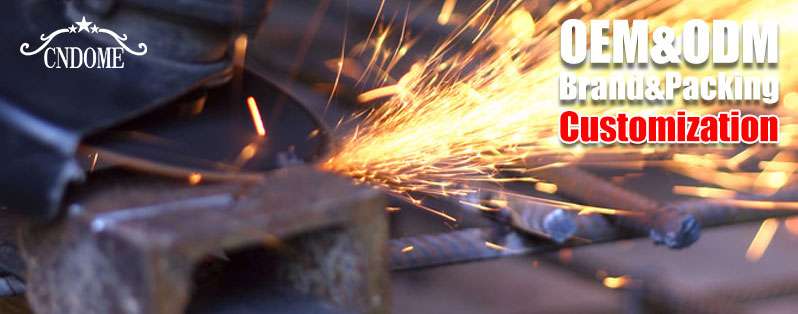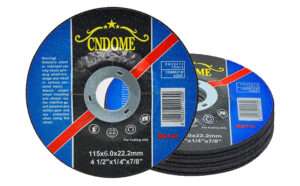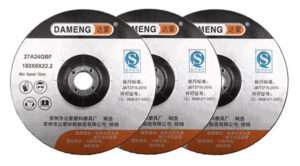In the intricate dance of metalworking, the choice of a grinding wheel can make all the difference between mediocrity and mastery. Whether you’re shaping, sharpening, or smoothing, selecting the right grinding wheel is crucial for achieving optimal results. Let’s embark on a journey into the realm of grinding wheel selection and uncover the key factors that shape this critical decision.
Understanding the Basics
Before delving into the intricacies of grinding wheel selection, it’s essential to grasp the fundamentals. A grinding wheel is a precisely engineered tool composed of abrasive grains bonded together to form a solid structure. These abrasive grains, typically made of materials like aluminum oxide, silicon carbide, or diamond, are responsible for cutting and shaping the workpiece during the grinding process.
Key Considerations
- Material Compatibility: Different materials require different types of grinding wheels. For example, aluminum oxide wheels are suitable for grinding ferrous metals, while silicon carbide wheels are better suited for non-ferrous metals and non-metallic materials like stone and glass.
- Grain Size: The size of the abrasive grains determines the finish and stock removal rate. Coarser grains remove material more aggressively but leave a rougher surface finish, while finer grains provide a smoother finish but remove material more slowly.
- Wheel Hardness: The hardness of the grinding wheel affects its ability to retain its shape and stay sharp during use. Softer wheels are more forgiving and conform better to the workpiece’s shape, while harder wheels maintain their shape better for precision grinding tasks.
- Wheel Shape and Size: Grinding wheels come in various shapes and sizes, each designed for specific applications. From straight wheels for surface grinding to cylindrical wheels for internal grinding, choosing the right shape and size ensures optimal performance and efficiency.
- Bond Type: The bond material that holds the abrasive grains together plays a crucial role in the performance of the grinding wheel. Resin bonds provide excellent versatility and are suitable for most grinding applications, while vitrified bonds offer superior strength and heat resistance for high-speed grinding operations.
- Operating Speed: Matching the grinding wheel’s operating speed to the machine’s speed is essential for safety and performance. Exceeding the maximum operating speed can lead to wheel failure and potential injury.
The Selection Process
- Define the Application: Start by clearly defining the grinding task at hand, including the material to be ground, desired finish quality, and stock removal requirements.
- Consult Manufacturer Recommendations: Manufacturers often provide guidance on selecting the appropriate grinding wheel for specific applications based on their product specifications and performance characteristics.
- Consideration of Workpiece Material: Choose a grinding wheel that is compatible with the material being ground to ensure optimal performance and longevity.
- Evaluate Operating Conditions: Factors such as machine speed, coolant availability, and workpiece geometry should be taken into account when selecting the grinding wheel.
- Trial and Error: In some cases, experimentation may be necessary to determine the best grinding wheel for a particular application. Conducting trial runs with different wheel types and parameters can help fine-tune the selection process.
Conclusion
Grinding wheel selection is both an art and a science, requiring careful consideration of various factors to achieve optimal results. By understanding the fundamental principles and key considerations outlined above, manufacturers and machinists can confidently choose the right grinding wheel for each application, unlocking the full potential of their grinding operations and mastering the art of precision machining.



